10 Best Plants for the Southwestern Landscape
A few weeks ago, I was asked by one of my editors to come up with a list of the top 10 plants that every resident of the Southwest should consider adding to their Southwestern landscape.
I must admit that the task was a bit daunting at first – not because I couldn’t think of enough plants. The problem was that my list was much larger.
How Easy is it to Find Native Southwestern Landscape Plants at a Local Nursery?
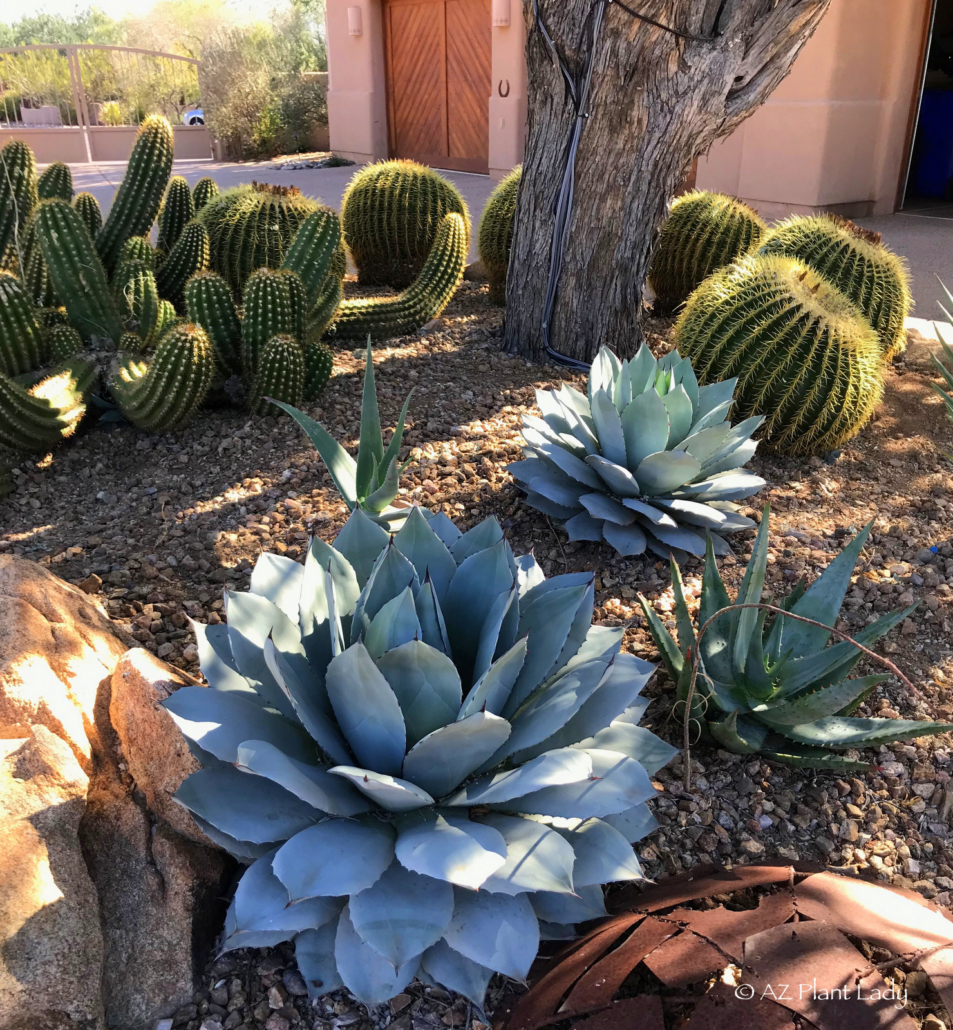
I had to pare my list down and decided to focus on plants that would grow in zones 7 – 10, which cover much of the desert Southwest. In addition, they had to be low-maintenance, native, beautiful and easy to grow.
After considering all of the criteria, I still had about 20 plants. So, I added one other criteria of my own – how easy is it to find at your local nursery?
At the end, I had 10 plants that I was very happy with – but I could have easily added a lot more 😉
I hope you enjoy reading through this list of 10 essential plants for the desert Southwest.
Flourishing Amidst Adversity: 10 Resilient Plants in the Southwestern Landscape
The desert Southwest is a region of extremes, with scorching summer heat and chilling winter temperatures that challenge even the most robust flora. Yet, in the face of such harsh conditions, these native plants not only survive but thrive. Equipped with remarkable adaptations, these tenacious species call the arid landscapes of the U.S. Southwest their home.
Enduring the relentless dry heat and enduring the freezing winter cold, they serve as a testament to nature’s resilience. Beyond their endurance, these plants play a vital role in the ecosystem, providing nectar for birds and bees, and shelter for native bird species. Every one of these drought-resistant plants contributes to the desert’s beauty.
Embracing the Sun: Essential Care Tips for Desert Native Plants
To cultivate a thriving desert garden, sunlight is key. Native desert plants require full sun, although some tolerate partial shade for a portion of the day. Optimal growth is achieved through deep, infrequent watering and well-drained soil.
Allow water to penetrate down to 1½ to 2 feet deep, ensuring the soil dries out before rewatering. For irrigation efficiency, drip systems are recommended. While new plants need more water until established, these desert natives rarely require additional fertilization.
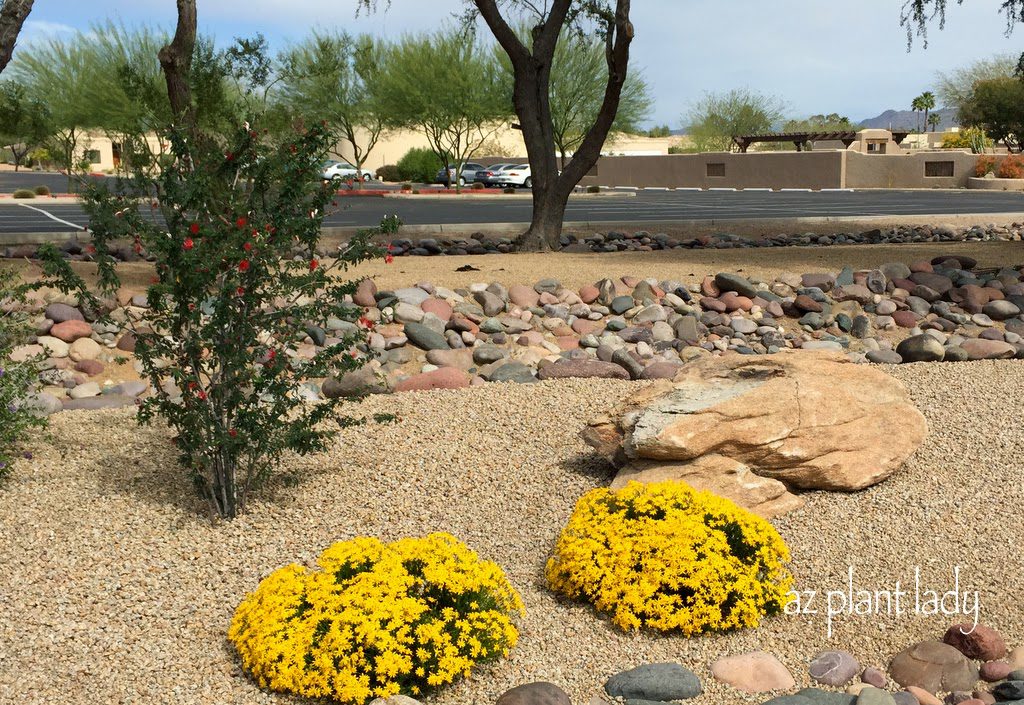
1. Damianita (Chrysactinia mexicana): Thriving Delicacy of the Chihuahuan Desert
Delicate Flowers: The Charming Resilience of Damianita
Enduring the fiery extremes of the Chihuahuan desert, Damianita (Chrysactinia mexicana) emerges as a hardy and enchanting yellow ground cover (see above). Flourishing under full, reflected sun, this seemingly delicate plant showcases dark green, aromatic foliage, which undergoes a stunning transformation with the arrival of spring and fall.
Golden yellow flowers blanket the plant, adding a vibrant contrast to the arid landscape. Flourishing in well-drained soil, Damianita harmoniously complements the red flowers of firecracker penstemon and Valentine bush, as well as the purple blooms of desert ruellia.
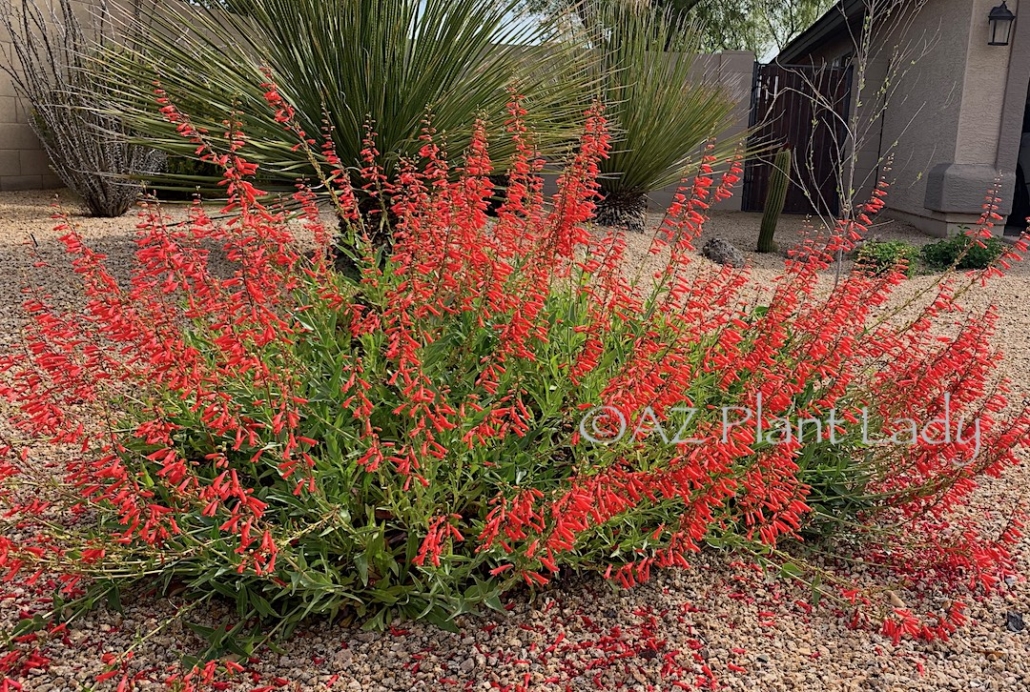
2. Firecracker Penstemon (Penstemon eatonii): Painting Winter with Vibrant Hues
A Symphony of Color: Firecracker Penstemon’s Winter Splendor
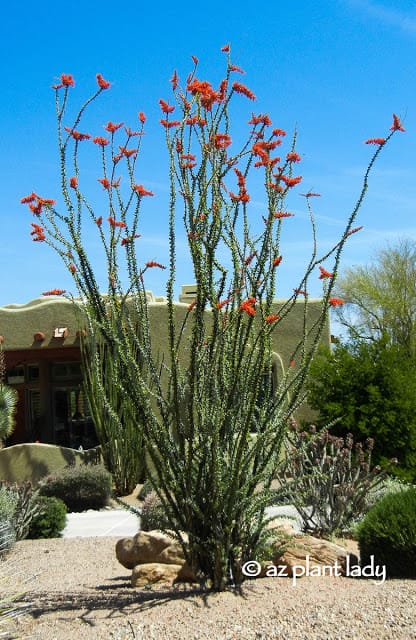
In the midst of winter’s muted tones, the firecracker penstemon (Penstemon eatonii) ignites low-desert gardens with bursts of orange-red brilliance. Serving as a beacon of color during the colder months, this drought-tolerant perennial offers vital nectar for hummingbirds in winter scarcity.
Adaptable to cold winters and scorching summers, firecracker penstemon’s vibrant presence is enhanced when paired with complementary yellow-flowering perennials. Angelita daisy, damianita, and desert marigold join forces in a chromatic display, thriving under full sun or partial shade in well-drained soil.
3. Ocotillo (Fouquieria splendens): A Dance of Life in Arid Lands
Nature’s Hummingbird Feeder: Ocotillo is a Migrating Hummingbird’s Favorite
Stretching towards the desert sky, ocotillo (Fouquieria splendens) graces the Southwestern landscape with its elegant canes. Unique among shrubs, ocotillo’s canes burst forth with lush green leaves in response to rain showers and humidity, contrasting the arid surroundings (see photo right).
Vermilion-colored flowers crown the canes in spring, offering a lifeline to migrating hummingbirds. These vibrant blooms stand as a testament to ocotillo’s resilience and unwavering commitment to the desert ecosystem. A sun-soaked habitat is essential for this desert shrub’s growth.
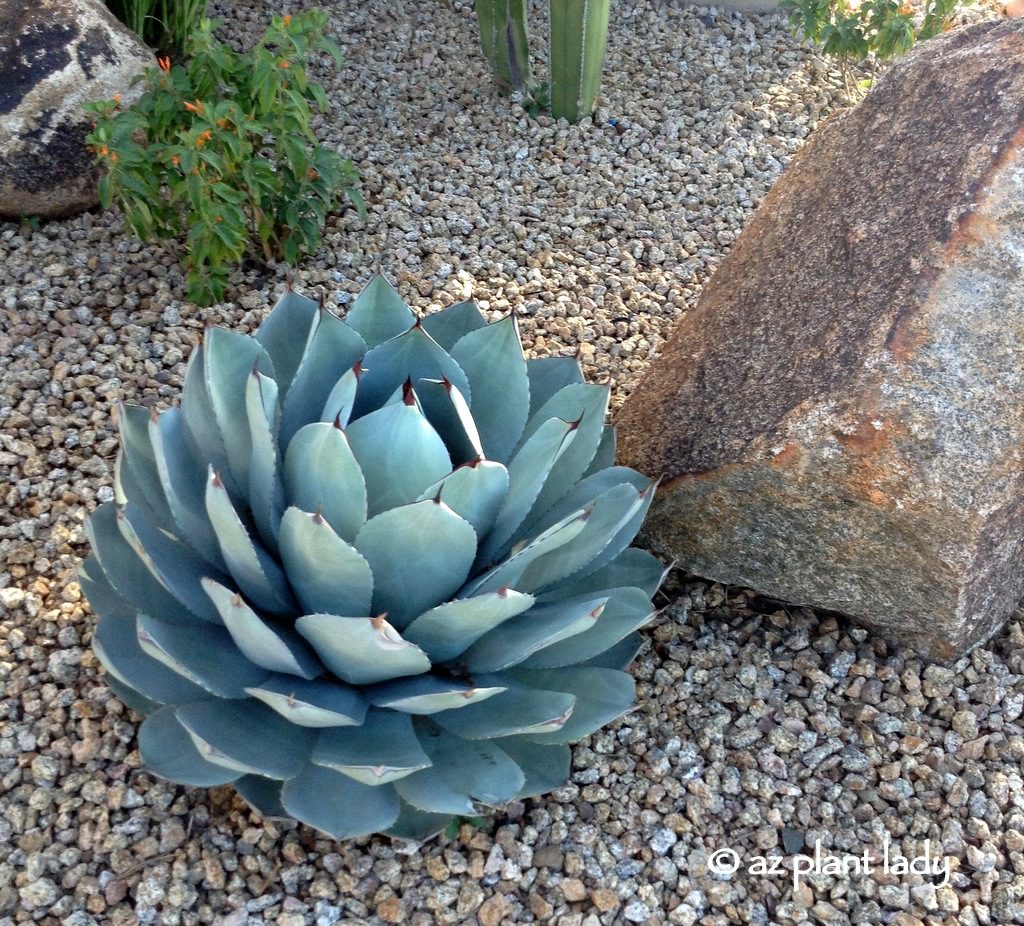
4. Parry’s Agave (Agave parryi): Desert Elegance in Every Form
Sculpted Beauty: Parry’s Agave’s Role in Desert Aesthetics
Adorning the arid landscapes of central Arizona and New Mexico, Parry’s agave (Agave parryi) stands as a quintessential element of Southwestern scenery. Ranging from majestic giants to diminutive varieties, agaves exhibit a wide array of forms.
Parry’s agave, with its medium stature and captivating leaf shapes and colors, thrives in a spectrum of environments. Its resilience to colder temperatures and ability to thrive in sun-soaked spaces make it a preferred choice for desert landscaping.
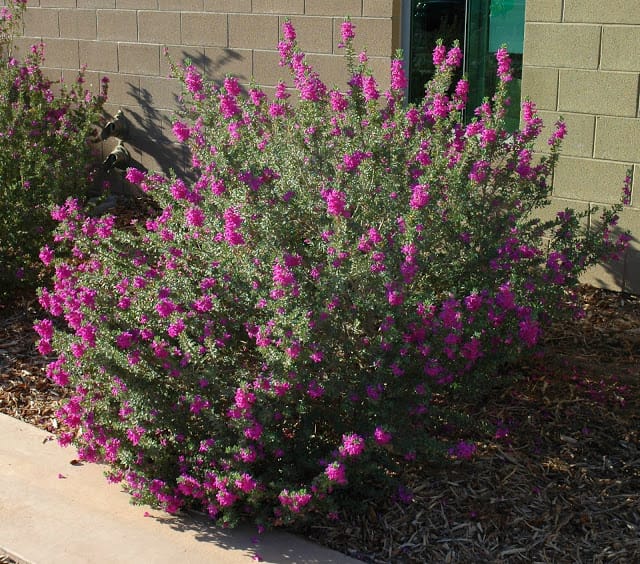
5. Texas Ranger (Leucophyllum frutescens): The Majesty of Purple Blossoms
Nature’s Artist: Texas Ranger’s Purple Symphony
Residing in the heart of the Southwestern desert, the Texas Ranger (Leucophyllum frutescens) commands attention with its awe-inspiring purple blooms. Aptly known as the barometer bush, it responds to humidity and rainfall, painting the landscape with its vibrant hues in response.
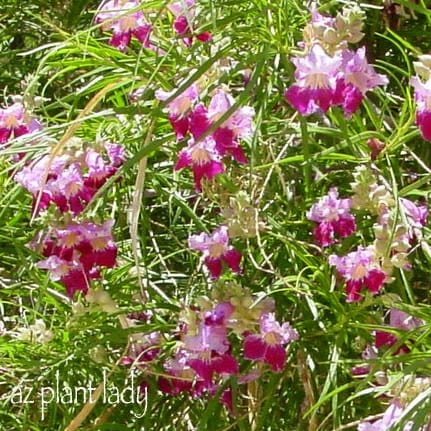
Even without its dramatic blossoms, the evergreen gray-green foliage of the Texas Ranger exudes an intrinsic charm. This resilient shrub’s ability to thrive under the unrelenting sun and reflected heat underscores its stature as a true desert gem.
6. Desert Willow (Chilopsis linearis): Nature’s Respite in Summer
Shade of Summer: Desert Willow’s Cooling Elegance
Amidst the scorching summer of the southwestern landscape, the desert willow (Chilopsis linearis) emerges as a refreshing oasis. This medium-sized deciduous tree enchants with its large, colorful blossoms that beckon hummingbirds from far and wide. (See the flowers in the image right)
Its vibrant pink and magenta flowers offer dappled shade to the plants below, providing relief from the desert’s intensity. Versatile and thornless, the desert willow thrives in smaller spaces, making it a charming addition to courtyards and patios.
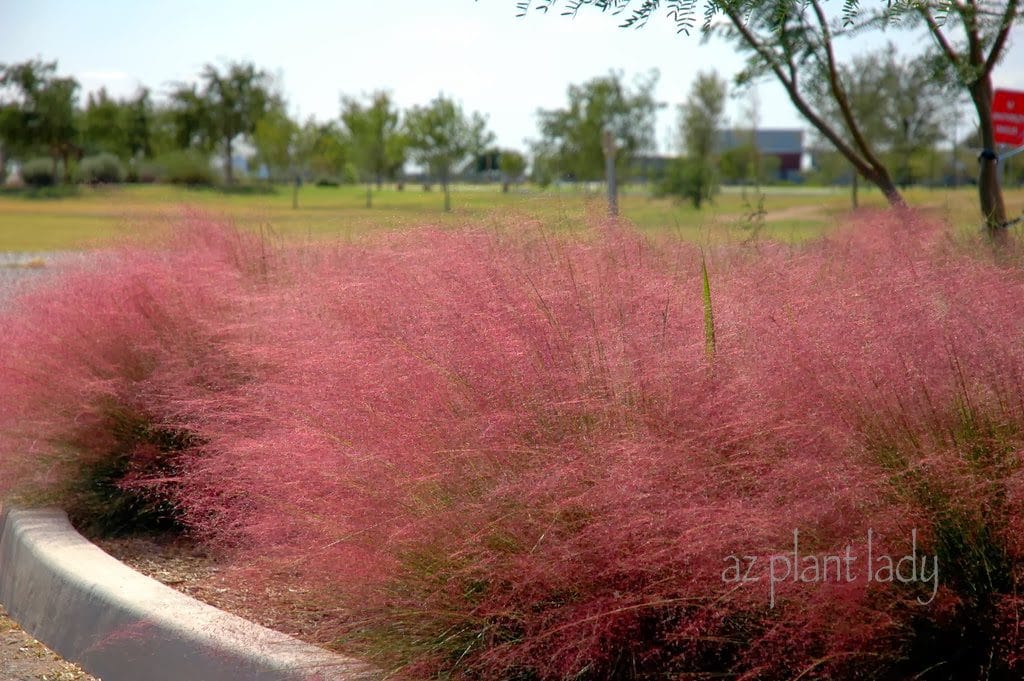
7. Pink Muhly (Muhlenbergia capillaris): A Fall Color Explosion
Autumn’s Blush: Pink Muhly’s Dance of Color
The transition to fall heralds a breathtaking transformation as pink muhly (Muhlenbergia capillaris) takes the stage. Ornamental grasses provide texture and contrast in the landscape, and pink muhly stands out for its vibrant fall display.
As summer yields to autumn, the green foliage is adorned with plumes of pinkish-burgundy, casting a rosy enchantment over the surroundings. This ornamental grass thrives in the desert’s abundant sunlight and can be artfully clustered for a striking visual impact.
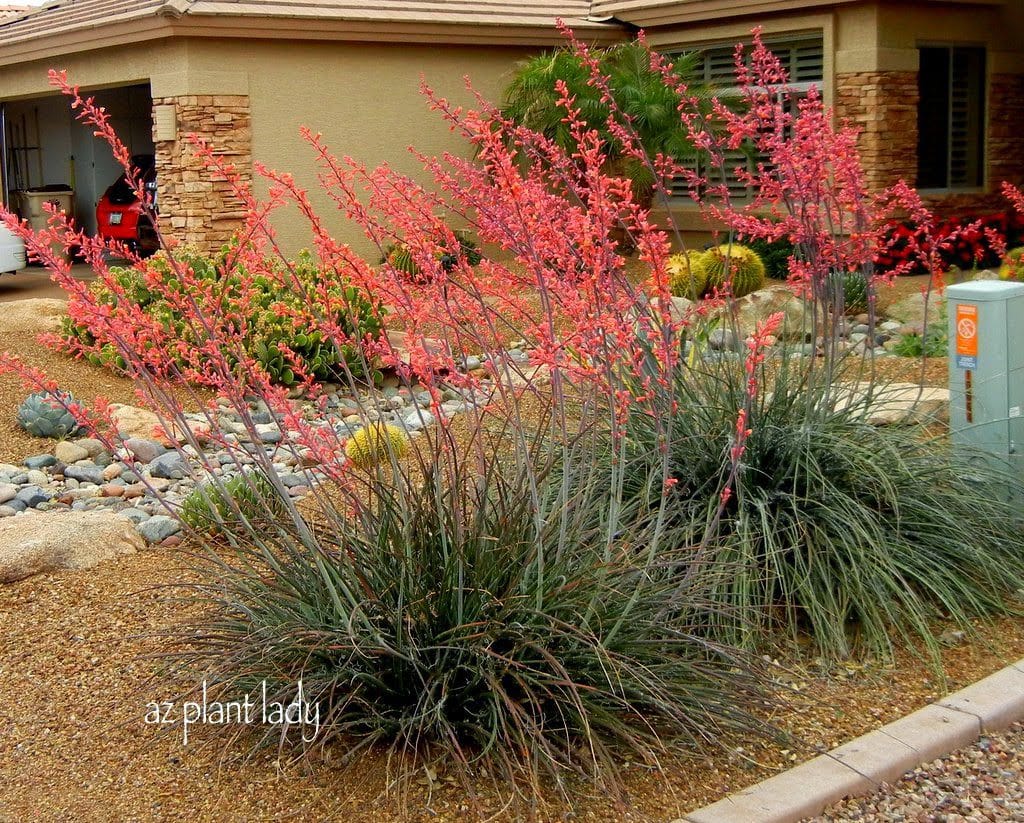
8. Red Yucca (Hesperaloe parviflora): Sun-Kissed Elegance
A Desert Gem: Red Yucca’s Sunlit Splendor
Thriving under the full, reflected sun of the desert, the red yucca (Hesperaloe parviflora) stands as a beacon of effortless beauty. Its succulent leaves bear a resemblance to ornamental grass, while spikes of coral-colored flowers grace the landscape in spring and early summer.
Adding a touch of elegance, the red yucca effortlessly weaves color and texture into the Southwestern tapestry, undeterred by the region’s demanding climate.
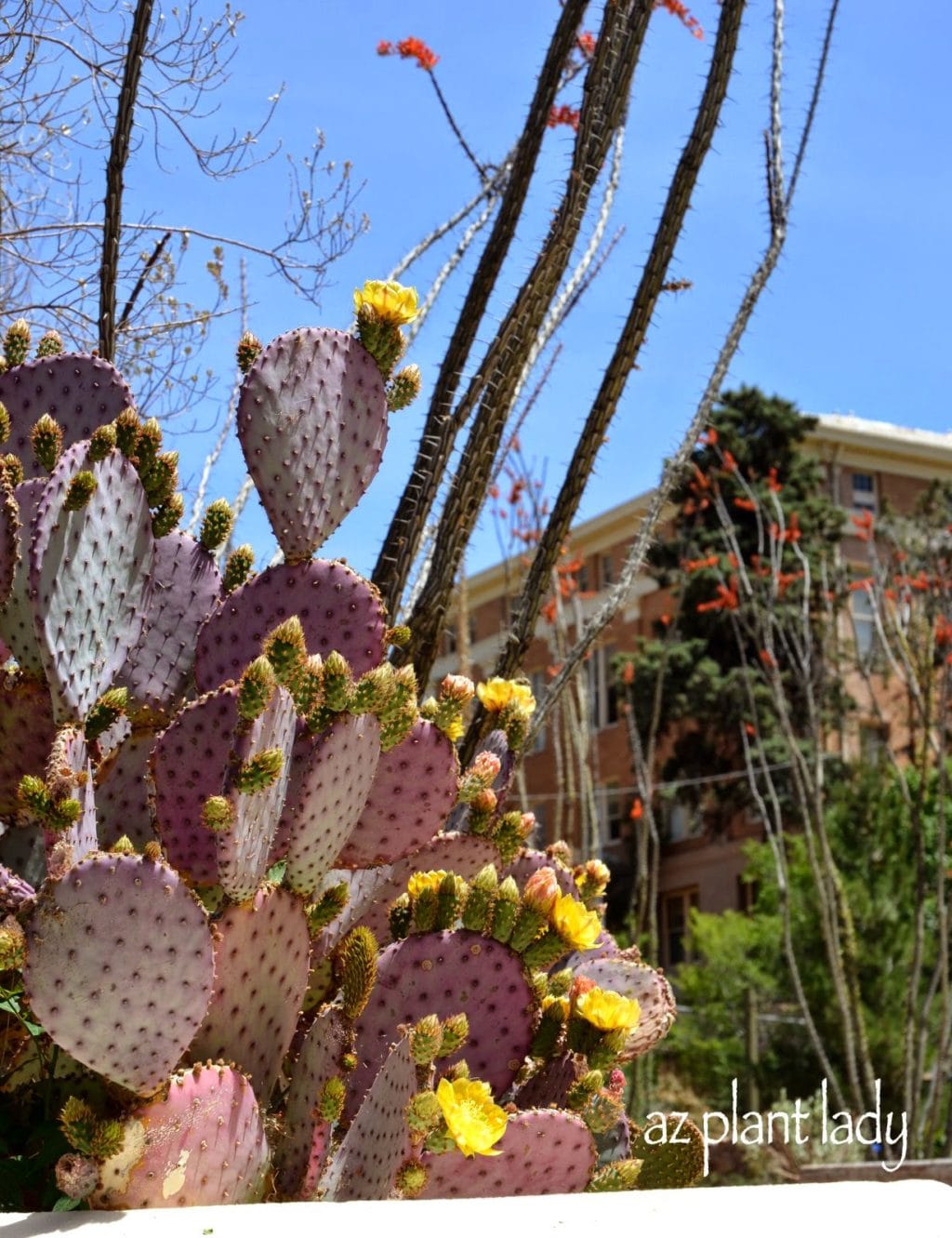
9. Santa Rita Prickly Pear (Opuntia violaceae santa-rita): A Desert Icon
Nature’s Palette: Santa Rita Prickly Pear is a Must-Have for Shape and Design
The Southwestern landscape would be incomplete without the iconic presence of prickly pears. Among them, the Santa Rita prickly pear (Opuntia violaceae santa-rita) stands out with its captivating purple-tinged gray-blue pads.
Adapting its hue in response to drought and cold, it is a testament to nature’s artistry. Against this unique backdrop, yellow flowers burst forth in spring, amplifying the species’ beauty. Its distinctive appearance makes it a valuable choice for creating visual contrast in the garden.
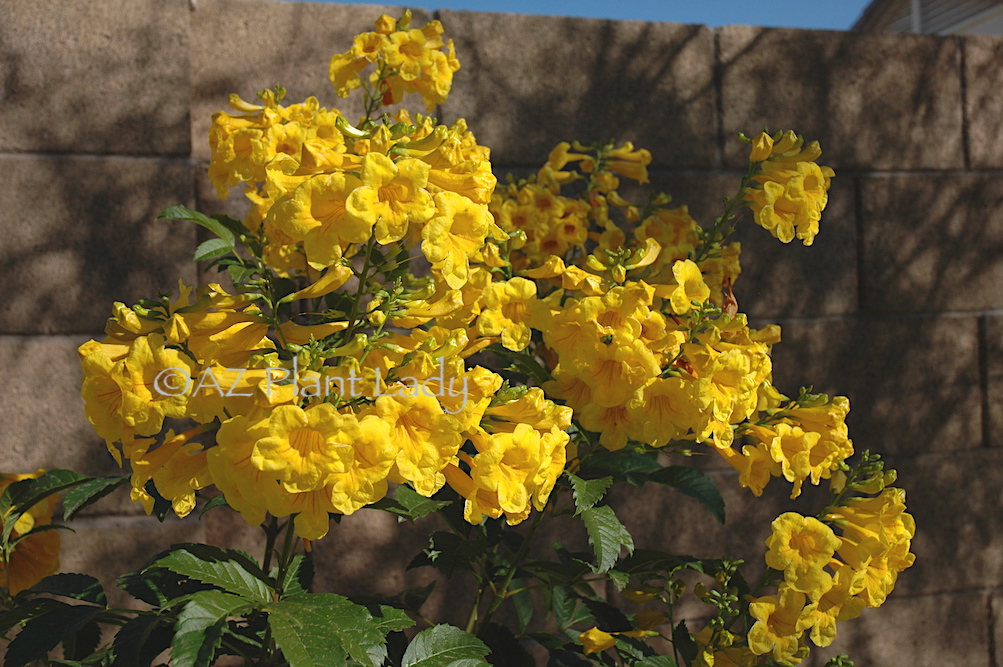
10. Yellow Bells (Tecoma stans): A Long-Lasting Serenade
Golden Harmonies: Yellow Bells’ Melodic Bloom
Elevating the desert landscape with a touch of the exotic, yellow bells (Tecoma stans) exude a tropical charm. Their large, trumpet-shaped flowers bring shades of yellow to the arid backdrop, evoking a sense of warmth.
In a captivating display, these flowers bloom from the end of winter until just before the first frost, a resounding chorus of color for an extended period. Serving as a vital nectar source, yellow bells enrich the desert ecosystem, inviting hummingbirds and bees to partake in its golden bounty.
Plant These Native Plants in the Southwestern Landscape
The desert Southwestern landscape may present challenges, but these ten top native plants have evolved to not only endure but flourish amidst adversity. With adaptations that defy the elements, these species contribute to the intricate web of life in the desert, adding splashes of color and life to the arid landscape.
By embracing these resilient beauties, gardeners can cultivate oases of natural wonder in even the most unforgiving of terrains.
Tour of Sustainable Southwestern Landscape: Part 1

 Noelle Johnson, aka, 'AZ Plant Lady' is a author, horticulturist, and landscape consultant who helps people learn how to create, grow, and maintain beautiful desert gardens that thrive in a hot, dry climate. She does this through her consulting services, her online class Desert Gardening 101, and her monthly membership club, Through the Garden Gate. As she likes to tell desert-dwellers, "Gardening in the desert isn't hard, but it is different."
Noelle Johnson, aka, 'AZ Plant Lady' is a author, horticulturist, and landscape consultant who helps people learn how to create, grow, and maintain beautiful desert gardens that thrive in a hot, dry climate. She does this through her consulting services, her online class Desert Gardening 101, and her monthly membership club, Through the Garden Gate. As she likes to tell desert-dwellers, "Gardening in the desert isn't hard, but it is different."
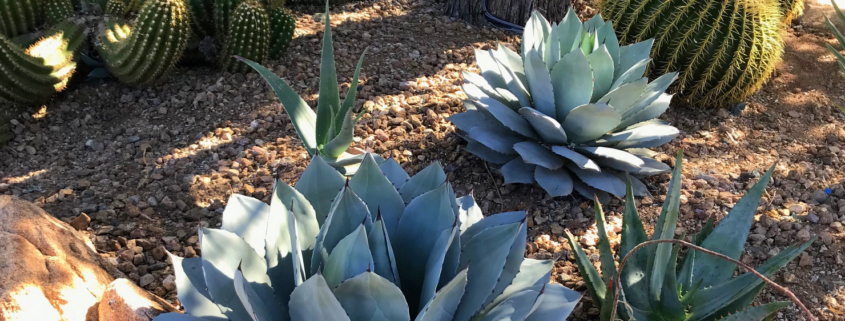
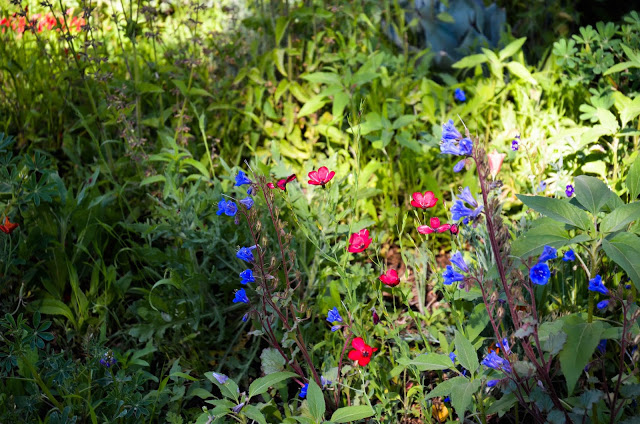
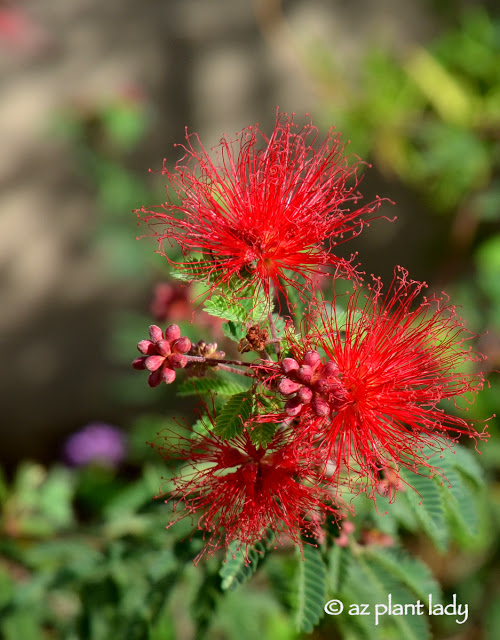
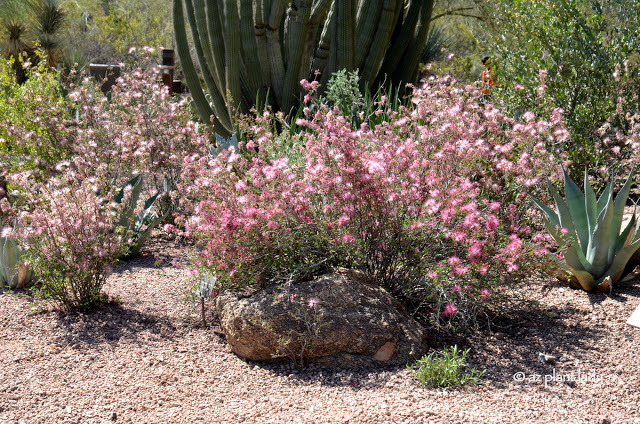

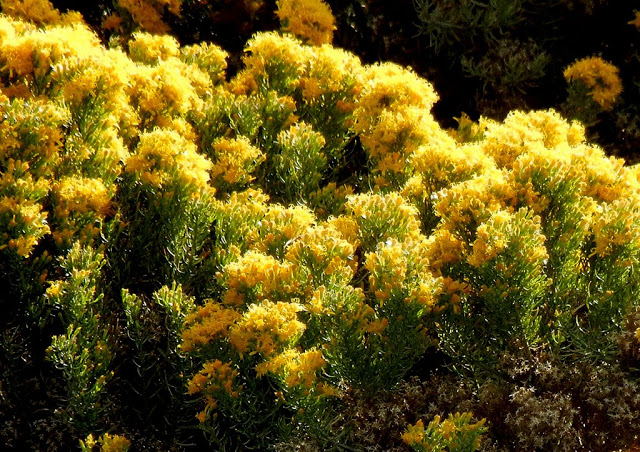
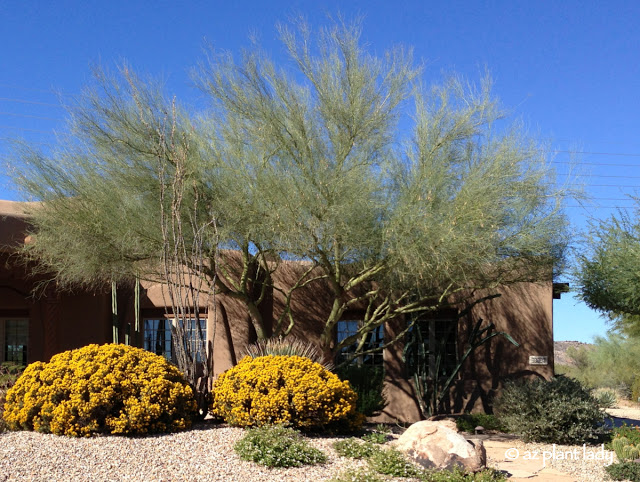






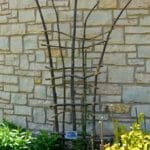
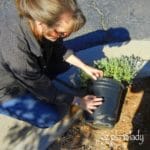
Two from your list are plants that do well here in the Coastal South: Gulf Muhly and Tecoma stans.